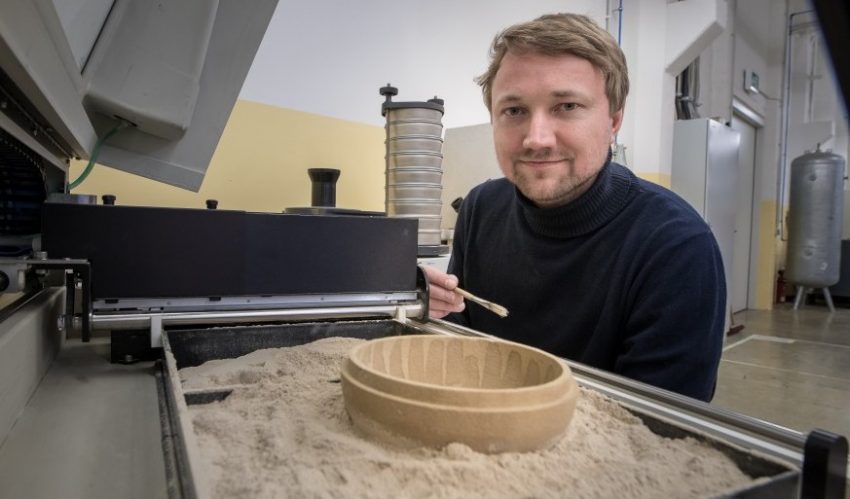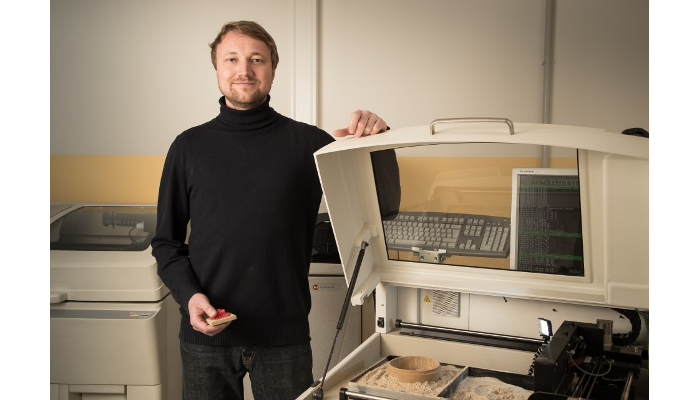3D Printing using Apricot Cores: AMtopus

3D printing innovations seem to be occurring at a faster and faster rate. One of the most exciting innovations are the amount of new materials being developed for 3D printing. Recently however, we’ve seen chocolate, metal, wood, and more able to be printed. Now however, AMtopus, a German startup, have managed to make containers and other packaging from compostable raw materials. These raw materials include apricot cores – a superb, environmentally friendly solution.
Packaging: An Environmental Inefficiency
Packaging is one of the most wasteful areas of consumer goods. Often made of non-recyclable plastics, packaging is often thrown away right after purchasing. This leads to landfills filling up, in addition to the releasing of harmful chemicals. This is worst with fragile goods, such as goods that require large amounts of packaging. Though it helps protect your favourite goods, it is very harmful to the environment.

The printer creates models from these environmentally friendly powders.
Founded last summer in Chemnitz, AMtopus aims to reduce this damage. This is through their use of organic and bio-degradable materials in their packaging. An example is their use of apricot kernels – AMtopus can turn these into a 3D printable material for packaging. As the kernels cannot be used in fruit processing plants, they can be purchased very cheaply.
In addition, materials like wood flour and reeds can be used in this innovative 3D printing process. This has led to AMtopus winning the Saxon Environmental Prize in the “Environmentally friendly technologies and production processes” category. Furthermore, AMtopus guarantees materials are locally sourced.
An Experienced CEO
Henning Zeidler, AMtopus’ founder, is no newcomer to 3D printing. Prior to starting the company, he was a professor for additive manufacturing at the TU Bergakademie Freiberg. His expertise allows him to work on optimising AMtopus’ process, minimising waste and maximising speed. Currently, a container the size of a shoe box takes 3 hours to print.
Here is an interview with Henning Zeidler, AMtopus CEO:
This could, in theory, become a viable option to protect the environment prevent more damage via plastics. Moreover, the company has larger aims too, with CEO Zeilder stating “I could imagine creating stage sets or furniture made of these renewable raw materials’’. If the speed can be increased and the benefits suitably explained, AMtopus could grow into a very successful green company.
Excited for 3D printed packaging from apricot cores? Let us know in a comment below or on our Facebook and Twitter pages! Don’t forget to sign up for our free weekly Newsletter, with all the latest news in 3D printing delivered straight to your inbox!







